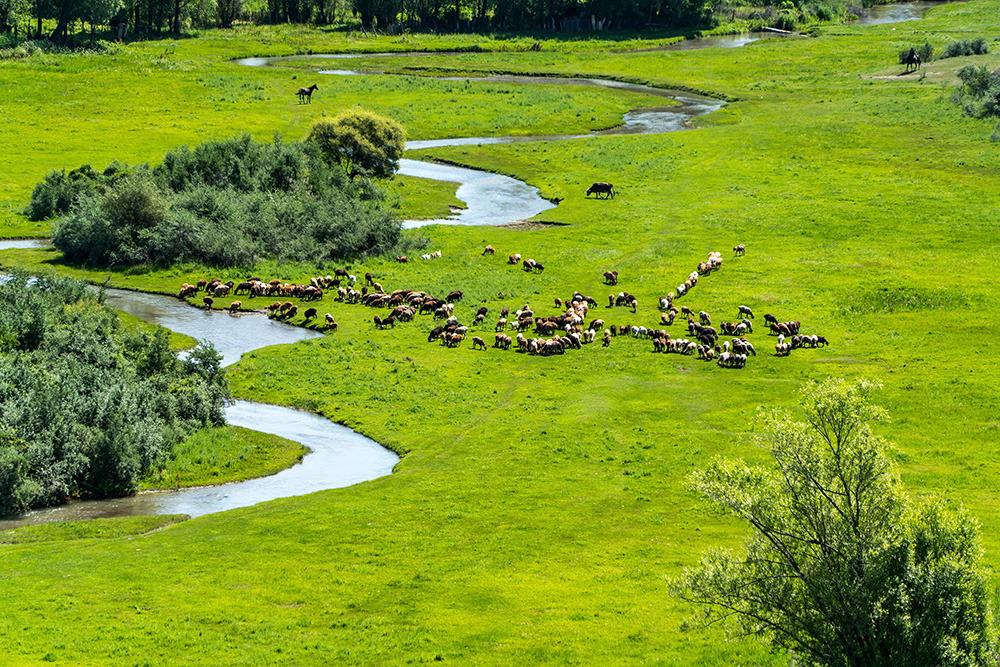Imagine tasting something that defies everything your palate knows to be true.
Crunchy and slightly sweet, it first reminds you of the candy bracelets you might have eaten as a child. But this new treat is not as hard (nor as brightly-coloured) and leaves a slight salty aftertaste on my tongue. Oh, and it’s cheese.
More precisely, it’s byaslag, a Mongolian cheese I came to love while in Inner Mongolia, an autonomous region located within northern China. Exploring the food history within the borders of China had me salivating for plump dumplings in Xi’an and crispy Peking duck in Beijing, but little did I know I would be graced with a traditional Mongolian offering of welcome that would become my most memorable tasting experience.
Leaving the noisy surroundings of Hohhot, the capital of Inner Mongolia, to visit families living the traditional life on the grasslands was a huge change of pace. From the windows of their homes, gentle rolling hills met bright blue sky, and groups of horses congregated on the dividing lines between farms. No smokestacks, high-rises or traffic — this part of China could easily adopt the moniker of “big sky country.”
My G Adventures group spent the afternoon with a local Mongolian couple, Baoyinaogir and Aodeng, keen to show us their daily lives and offer a traditional welcome of afternoon tea.

Mongolia's vast grasslands.
A spacious and colourful ger (Mongolian for yurt), is where our Mongolian hosts brought us suutei tsai and byaslag: Mongolian tea and cheese. Aodeng had made both in her small kitchen, a separate small building located closer to where the farm animals are kept: As she cooks, she can see her husband in the distance tending the grazing sheep while keeping an eye on newborn lambs and wandering chickens.
The simple farm kitchen was free of small appliances and kitchen accessories, populated instead with a few sturdy pots and bowls, kitchen staples such as oil and spices, and a wide array of vegetables, soon to be chopped for the evening meal.
Made with yak, goat, sheep’s or cow’s milk, and combined with kefir to create curds, byaslag is a mild, unripened cheese. The curds are drained, wrapped and pressed beneath a weight, until the curds form a solid block. Often imprinted with circular Mongolian designs while drying, when the block is sliced, the pieces resemble cream coloured cookies of a European bakery. As my group asked questions about life on the grasslands, we took a single piece of cheese at a time — but soon, our palates convinced us to start eating the byaslag like potato chips. Paired with the milk-laden tea, it was a taste combination that I would happily indulge in back home if it was offered at my local café.
I asked if byaslag was sold in shops, hoping to take some home for family and friends. Aodeng smiled, then quietly explained via our translator that I could buy it in a store, but it wouldn’t taste as good as hers.
Getting there
Keen to taste some byaslag in Mongolia? G Adventures can get you there. Check out our small group tours to Mongolia here.























